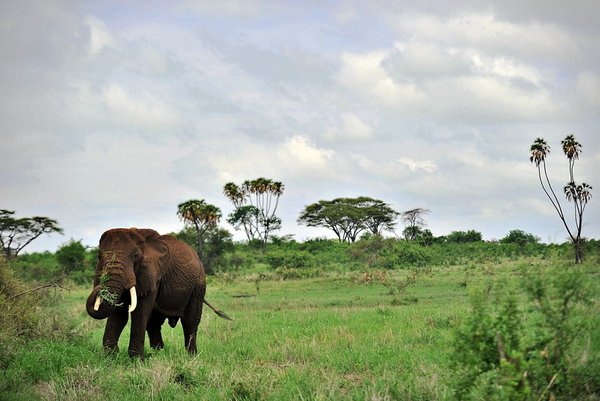- Share this article
- Subscribe to our newsletter
The CITES Conference – strengthening international trade regime for wildlife
The triennial World Wildlife Conference, CoP18 of the Convention on International Trade in Endangered Species of Wild Fauna and Flora (CITES) took place from the 17th to the 28th of August 2019, in Geneva, Switzerland. CoP18 was attended by 169 member governments (plus the EU) and some 1,700 participants. The Conference revised the trade rules for several wildlife species that are threatened by unsustainable trade linked to overharvesting, overfishing or overhunting. These ranged from commercially valuable fish and trees through mammals to amphibians and reptiles sold as exotic pets.
“Business as usual is no longer an option. CITES conserves our natural world by ensuring that international trade in wild plants and animals is legal, sustainable and traceable,” said CITES Secretary-General Ivonne Higuero. According to the International Institute for Sustainable Development, delegates noted a “bittersweet” nature of achieving listings of increasingly threatened species. Others regretted “deepening divisions” between conservation and development agendas in Africa.
Wildlife conservation and indigenous people
Many countries lack the necessary financial and institutional capacity to sustainably manage and conserve their wildlife. The Conference took decisions promoting capacity building and other activities aimed at strengthening wildlife management and compliance with and enforcement of trade rules. In addition, the critical role of local and indigenous communities that live on the frontlines of wildlife conservation and sustainable management and their need for adequate incomes and livelihoods was widely recognised.
Faced with a wide range of differing views, the conference asked Parties to begin considering how to best engage indigenous peoples and local communities in decision-making and implementation. The aim is to better achieve the objectives of the Convention while recognising those people whose use of CITES-listed species significantly contributes to their livelihoods.
Mammals and the burning ivory issue
Asia’s smooth-coated and small-clawed otters, threatened by habitat loss and possibly by trade in live animals, were transferred from Appendix II to Appendix I, which prohibits all commercial trade in the species that it lists. Noting that giraffes had declined by around 40 per cent over the past three decades due to habitat loss and other pressures, the conference added the world’s tallest animal to Appendix II. The Parties established the Big Cat Task Force with a mandate to improve enforcement, tackle illegal trade and promote collaboration on conserving tigers, lions, cheetahs, jaguars and leopards.
The conference reviewed the measures for the export of live African elephants to “appropriate and acceptable destinations”, whereby exports outside their natural range will be permitted in “exceptional circumstances” only, in consultation with relevant CITES and IUCN bodies, and only if they provide “in situ conservation benefits”. Furthermore, the decision-makers did not accept proposals to permit some limited trade in ivory from African elephants, which means that the existing trade ban remains in place.
(CITES/IISD/db)





Add a comment
Be the First to Comment